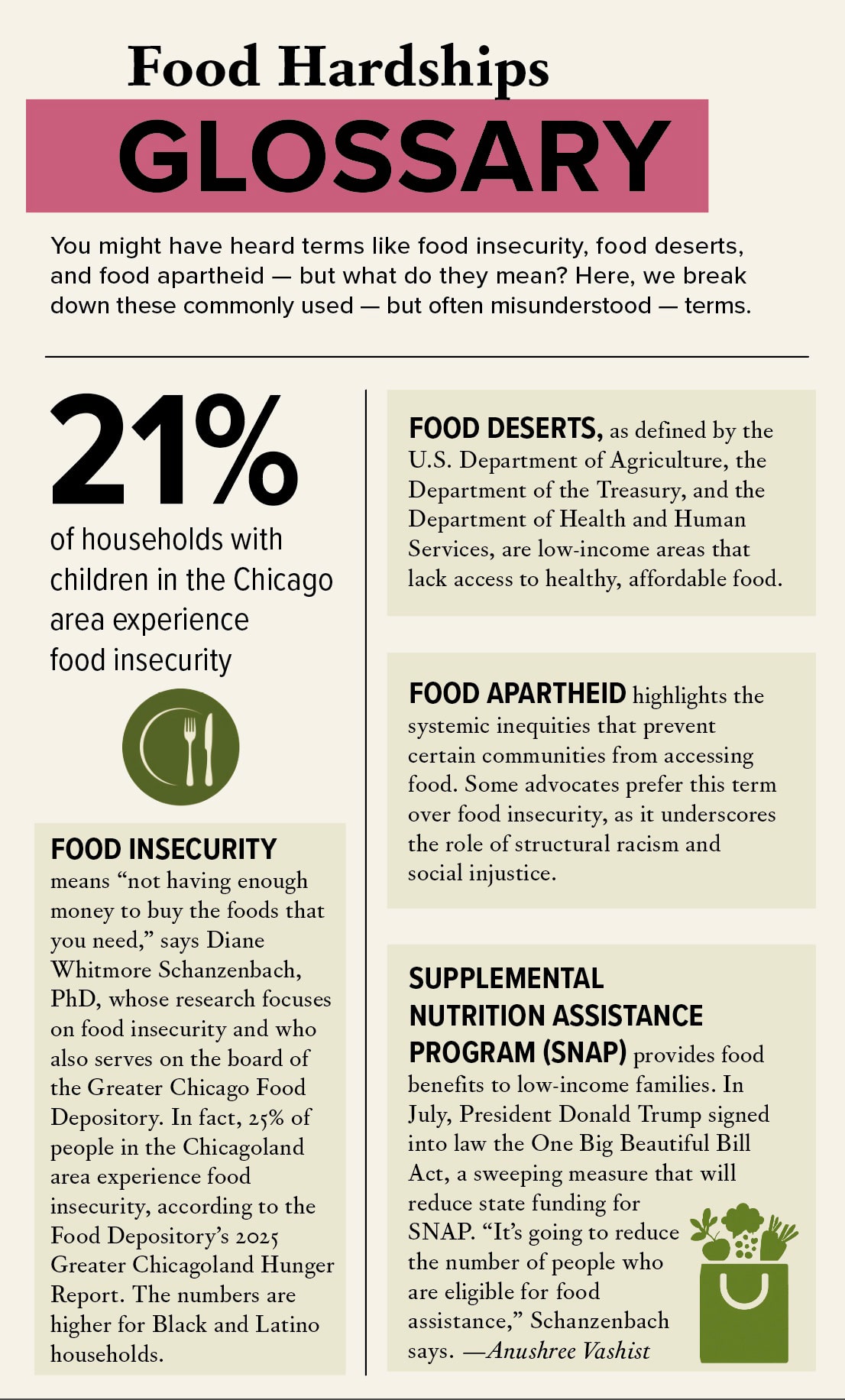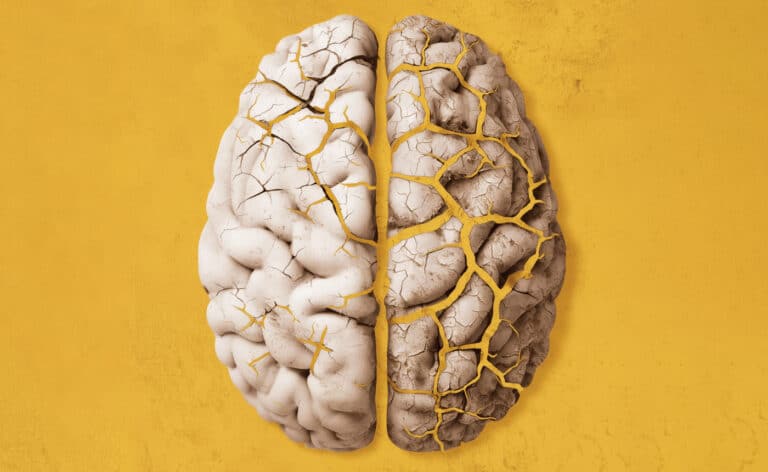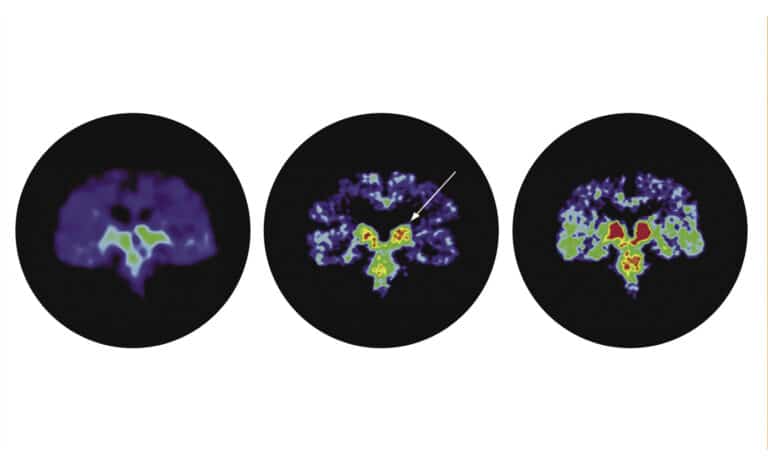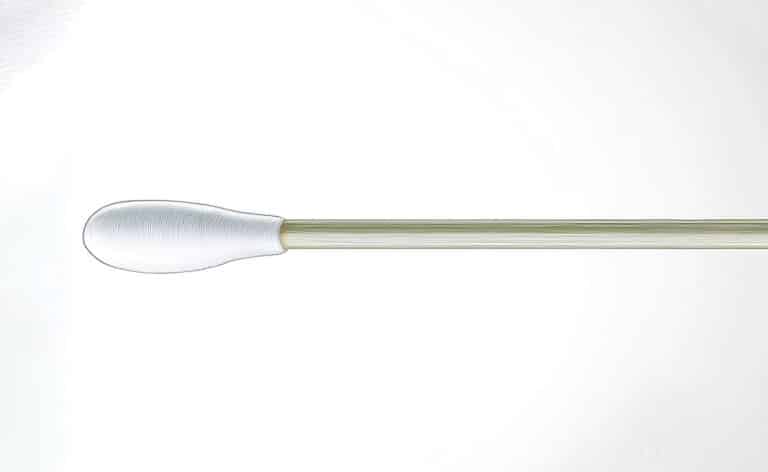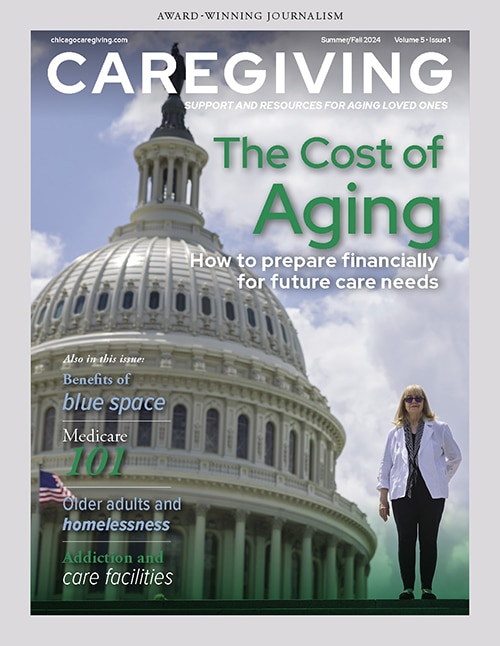Fact checked by Jim Lacy
Eating for a Healthy Microbiome
For Ariella Wilson, a dietitian nutritionist in Chicago, the gut microbiome is an inner universe, “right inside your digestive system,” she says. Instead of stars and planets, it contains trillions of bacteria, fungi, and other microbes that help digest food, fight illness, and regulate mood.
Our diet, sleep, and exercise constantly shape our microbiome.

Ultra-processed foods, added sugars, refined grains, and excessive alcohol can disrupt this delicate balance. Everything is okay in moderation, but eating more plants and cutting back on sugar and processed foods are two of the best ways to support gut health.
—Amber Gibson
Feeding Your Hormones
What you eat plays a big role in everything from energy and metabolism to mood, sleep, and fertility. You can thank your hormones for that.
Take insulin, for example: This vital hormone regulates blood sugar. Diets high in refined carbohydrates and sugar can lead to insulin resistance, a precursor to type 2 diabetes. But lifestyle changes — especially improved nutrition — can help reverse that trend.
Sirimon Reutrakul, MD, an endocrinologist at UI Health, says people should consider dietary patterns beyond macronutrients (proteins, fats, and carbs). The American Diabetes Association guidelines prioritize whole fruits, non-starchy vegetables, legumes, whole grains, and lean proteins.
A healthy diet also supports the gut microbiome, which influences metabolism and inflammation. The thyroid, which helps regulate metabolism, depends on nutrients such as iodine, selenium, and zinc.
Sleep quality matters, too. Poor sleep affects the hormones that regulate appetite and weight, while excess body fat can disrupt hormone activity because fat cells release inflammatory chemicals.
While there’s no one-size-fits-all plan, consistent, balanced eating — paired with physical activity and good sleep — remains one of the best ways to support your hormones and overall endocrine health.
—Catherine Gianaro
Belly Fat Battle
With age, many people realize they’ve gained weight around their midsection and don’t know why. The main driver: changes in hormone levels.
Sheila Dugan, MD, a physical medicine and rehabilitation specialist at Rush University Medical Center, says many of her patients are confused because even though their diet and fitness levels haven’t changed, their pants no longer fit.
“They’re experiencing a very dramatic loss of estrogen because of menopause. Men also develop belly
fat because of a decrease in their testosterone,” she says.
Hormones aren’t the only culprit, Dugan says. Declining muscle mass also contributes to belly fat. Also, older adults tend to move less due to arthritis or back pain, and poor sleep can contribute as well.
“It’s risky to ignore excess belly fat because it’s associated with prediabetes and diabetes,” Dugan says. Focusing on healthy eating and regular exercise can help set you on the right path.
Dugan says the abundance of dietary options can overwhelm people, so she suggests starting with exercise. “I find that when people start exercising regularly, they feel better,” she says. “They start making better food choices and sleeping better.”
—Nancy Maes
